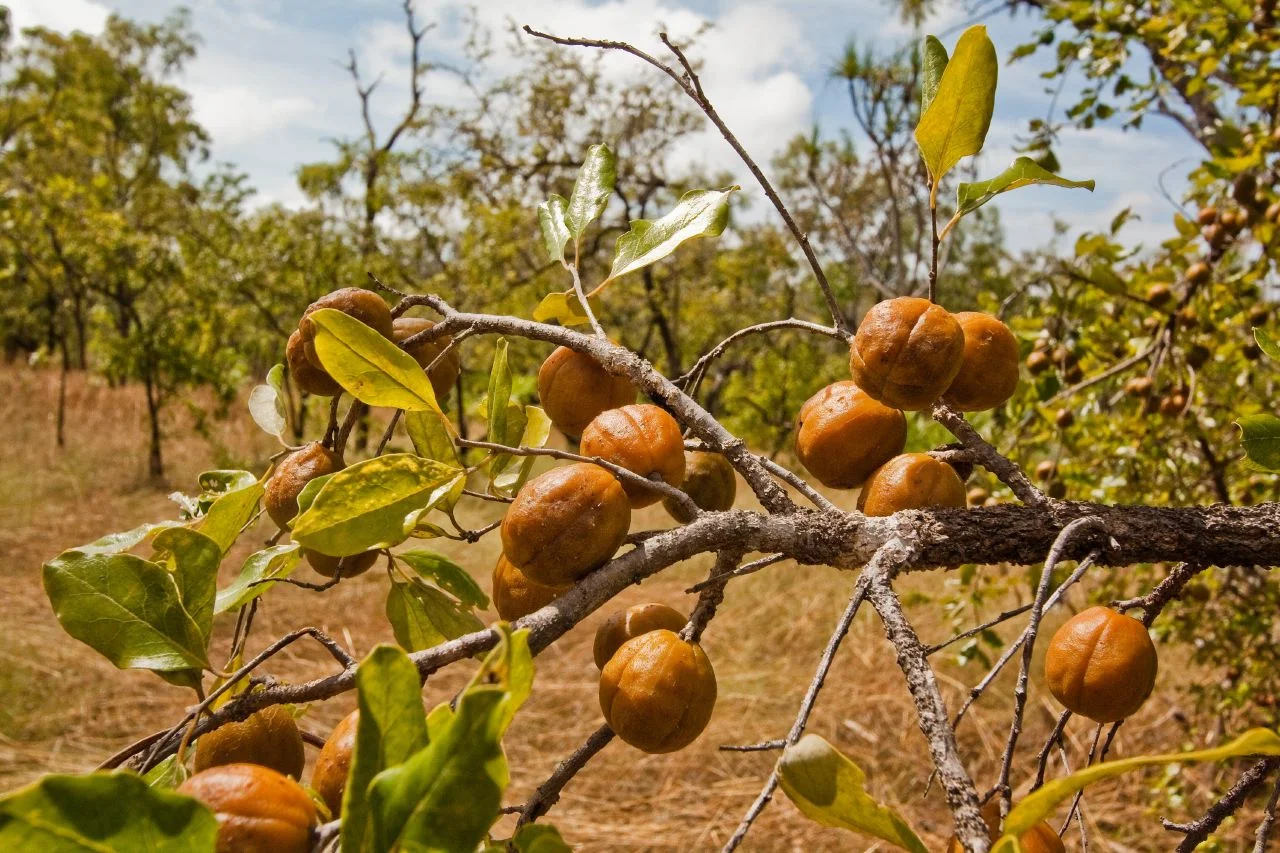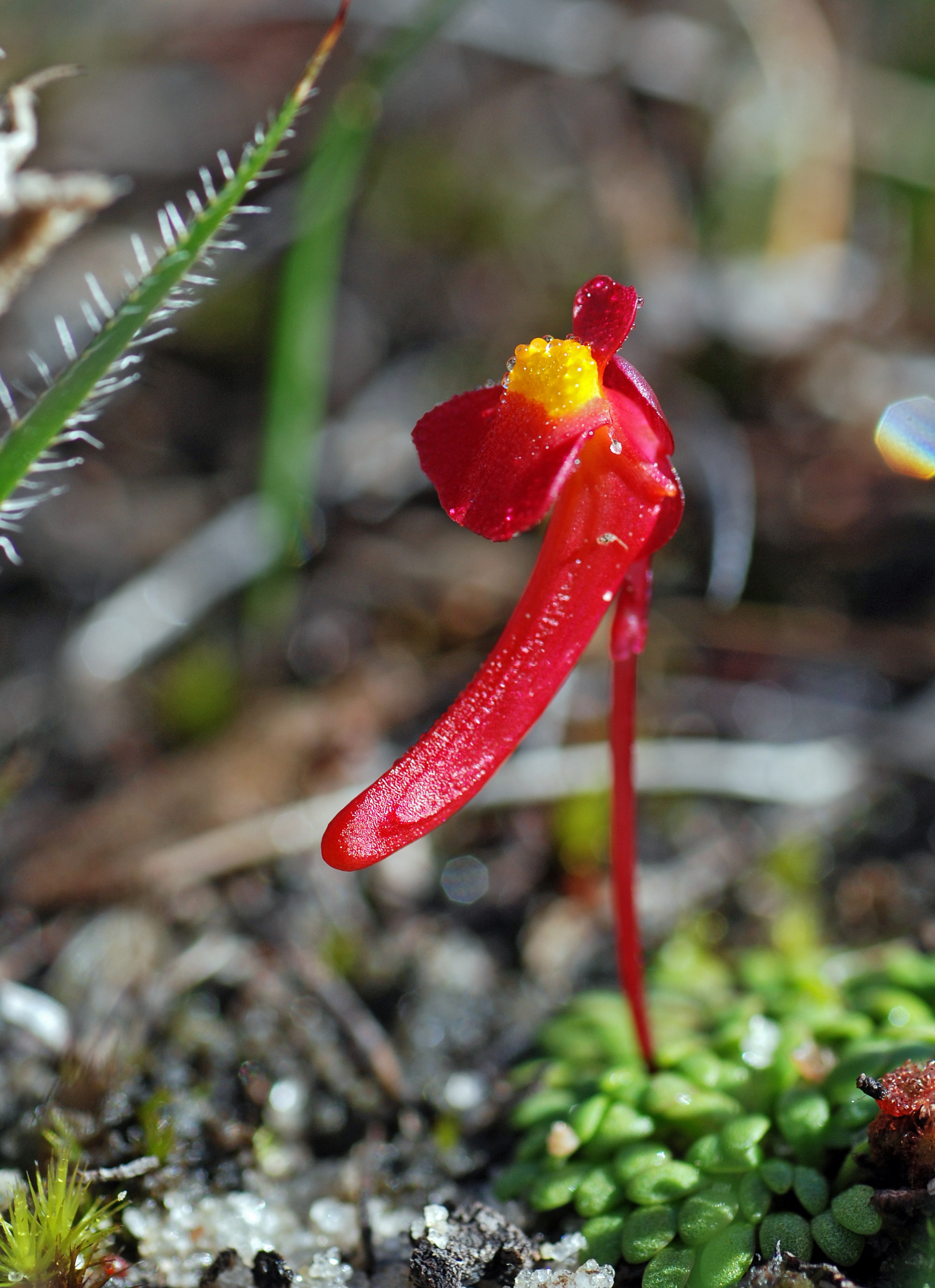A guest post by Dr. Scott Zona
The emu is a large, flightless bird, a cousin of kiwis and cassowaries. They range throughout much of Australia, favoring savannah woodlands and sclerophyll forests, where they are generalist feeders, consuming a variety of plants and arthropods. A favorite food of the emu is Petalostigma pubescens, a tree variously known as quinine tree, bitter bark or quinine berry. Petalostigma is in the Picrodendraceae, a family formerly included in the Euphorbiaceae. Quinine trees grow in the same open woodlands favored by emus.
The quinine tree bears yellow fruits, 2.0-2.5 cm in diameter, with a thin layer of flesh. The fruits are divided into six to eight segmented, like a tangerine, and each segment contains a hard endocarp or stone (technically, a pyrene). Each endocarp contains a single seed, 6-8 mm long. Left on the tree, the fruits will eventually dry up and open to release their seeds, but if ripe fruits are discovered by a hungry emu, the feasting begins.
A quinine tree (Petalostigma pubescens) in bloom. Photo by Ethel Aardvark licensed by CC BY 3.0
An emu may eat dozens of fruits in one meal. It swallows fruits whole, digesting the soft, fleshy part and defecating the hard, indigestible endocarps. On an average day, an emu can range over a large territory, spreading endocarps as it goes. In one of science's least glamorous moments, Australian biologists counted by hand as many as 142 endocarps in one emu dropping. If the story ended with Quinine Tree seeds in a pile of emu dung, we would say that the emu provided excellent seed dispersal services for the quinine tree, but the dispersal story is not over.
Quinine tree (Petalostigma pubescens) fruits. Photo by Robert Whyte licensed by CC BY-NC-ND 2.0
The emu dung and endocarps begin to bake in the hot, outback sun. As the endocarps dry, they explode. Just like the pod of a legume, the endocarp has fibers in its tissues oriented in opposing directions. As the fibers dry, they contract and pull the endocarp apart. The dehiscence is sudden and explosive, sending seeds up to 2.5 m from the point of origin. Launching seeds away from the dung pile is beneficial to seeds: the special separation means that seedlings well be less likely to compete with one another.
But that is not the final disposition of Quinine Tree seeds. Each Petalostigma seed bears a small, oily food body, called an elaiosome, that is attractive to ants. Ants pick up the seed with its attached elaisome and carry it back to their nest. Once at the nest, the ants will remove and consume the elaisome and deposit the inedible seed in midden outside the nest. It is the ants that disperse the seeds to their ultimate site.
The association between emus, exploding endocarps, ants and Petalostigma pubescens probably represents one of the most complicated dispersal scenarios in the Plant Kingdom.
Further Reading: [1]
NOTE: Guest posts are invite only









